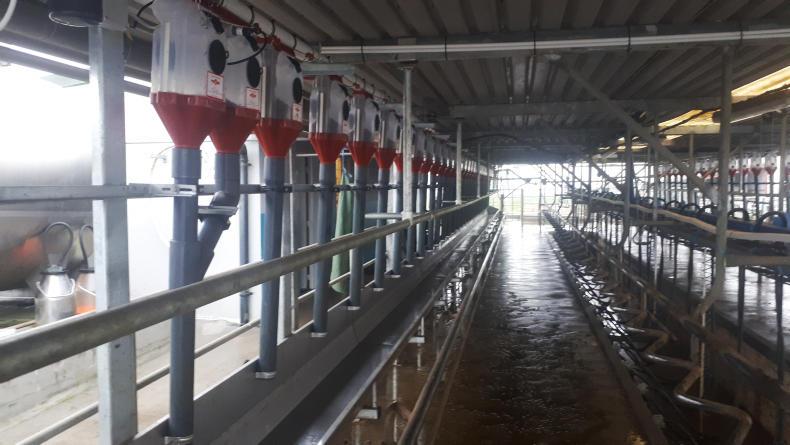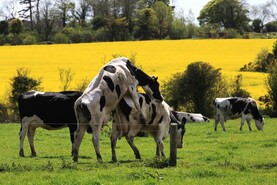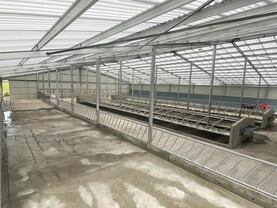On Friday, the last of the cows were dried off in Kilkenny as the milking season comes to an end after a year of extremes on the weather front.
Glanbia Connect tells me that 42,500 litres were sold in the December window so it means there will be a cheque close enough to €20,000 in January. The milk price reduction announced this week might mean it’s a little less as the farm are not shareholders.
Baled silage
For the most part, the cows are in on the topless cubicles and eating the purchased baled silage that is landing down from Donegal at €45 per bale, with 40 bales coming in each lorry load.
Yes, it is expensive but the cows are doing well and watching condition score is one of the issues at this time of the year. You don’t want cows getting too fat, especially cows that are not calving until March.
There will be 50 to 60 cows calving after mid-March and those ladies have over 12 weeks dry. The quality of silage is good and the real benefit for farm staff is that its relatively simple to feed out. No need for wagons or other feeds to balance high-dry-matter alternatives.
The other one to watch at this time of the year is you don’t want weanling heifers getting too fat or the result is you could end up with a lot of heifers not holding in-calf next spring.
Restricting silage
Stock that have a lower mature weight can get too fat too young. Restricting silage might be needed or poorer-quality silage if it was available.
There was no update on milk solids content online this week. The last results are from the 2 December collection. In that collection, the protein held the same at 4.27% (previous collection 4.29% protein). The fat again held similar at 5.59%, down slightly from 5.66% fat at the previous collection.
The latest cell count was 122, which was pretty much the same as the previous collection at 127 SCC.
Read more
Good autumn milk supply in Kilkenny
On Friday, the last of the cows were dried off in Kilkenny as the milking season comes to an end after a year of extremes on the weather front.
Glanbia Connect tells me that 42,500 litres were sold in the December window so it means there will be a cheque close enough to €20,000 in January. The milk price reduction announced this week might mean it’s a little less as the farm are not shareholders.
Baled silage
For the most part, the cows are in on the topless cubicles and eating the purchased baled silage that is landing down from Donegal at €45 per bale, with 40 bales coming in each lorry load.
Yes, it is expensive but the cows are doing well and watching condition score is one of the issues at this time of the year. You don’t want cows getting too fat, especially cows that are not calving until March.
There will be 50 to 60 cows calving after mid-March and those ladies have over 12 weeks dry. The quality of silage is good and the real benefit for farm staff is that its relatively simple to feed out. No need for wagons or other feeds to balance high-dry-matter alternatives.
The other one to watch at this time of the year is you don’t want weanling heifers getting too fat or the result is you could end up with a lot of heifers not holding in-calf next spring.
Restricting silage
Stock that have a lower mature weight can get too fat too young. Restricting silage might be needed or poorer-quality silage if it was available.
There was no update on milk solids content online this week. The last results are from the 2 December collection. In that collection, the protein held the same at 4.27% (previous collection 4.29% protein). The fat again held similar at 5.59%, down slightly from 5.66% fat at the previous collection.
The latest cell count was 122, which was pretty much the same as the previous collection at 127 SCC.
Read more
Good autumn milk supply in Kilkenny






 This is a subscriber-only article
This is a subscriber-only article










SHARING OPTIONS: